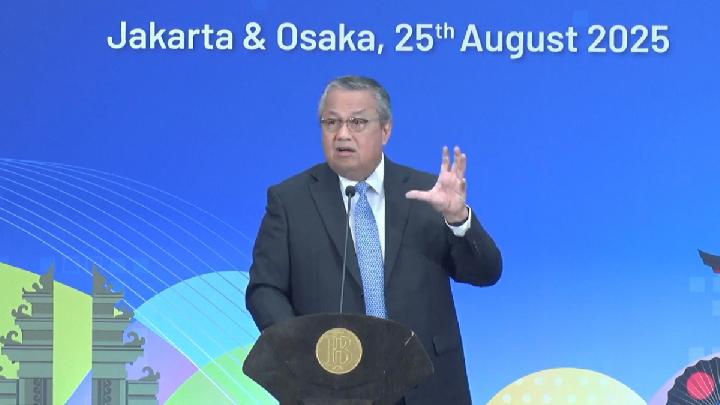TEMPO.CO, Jakarta - The recruitment process for job applicants is a crucial stage that must be passed. As cited from the job information site Kalibrr, one fundamental stage in the recruitment process is administrative selection (screening), which involves filtering applicants based on completeness of requirements. At this stage, the company will thoroughly examine the application documents.
Among various documents, there are two essential components that are often considered the same: curriculum vitae (CV) and resume.
Definition and Etymology
Citing the Meaning Dictionary, the term curriculum vitae (CV) is derived from Latin. The word curriculum means "course" and vitae means "life". Literally, this phrase can be translated as "course of life".
In line with its name, a CV is a detailed document containing a summary of academic history, work experience, skills, and various achievements of an individual. The concept of presenting this professional summary has long been in existence and continues to evolve in line with modern recruitment practices.
The website Davron stated that the word resume is adopted from French, rsumer, which means "to summarize". In line with its origin, a resume is a brief document that functions as a synopsis of a person's qualifications, work experience, educational history, and relevant skills.
Differences in the Purpose of CV and Resume
Another fundamental difference between CV and resume in a job application letter lies in their intended use. According to Jobstreet, the selection of the appropriate document greatly depends on the professional field and career level being pursued.
A CV is generally required for applying for positions in the academic, research, or medical sectors. Additionally, a CV is often requested for senior or managerial professional positions that require a detailed and chronological description of qualifications and track record.
On the contrary, a resume is more commonly used when applying for jobs in various industrial sectors, especially for entry-level to mid-level positions. This is because the main purpose of a resume is to highlight practical skills and relevant work experience for the specific position applied for, making its content more concise and focused.
Technical Differences in Content and Structure
In addition to purpose, the technical differences between CV and resume are also very apparent in their content and formatting. Still citing the Jobstreet website, these aspects include document length, completeness of information, and format flexibility.
1. Length and Completeness of Information
A CV is designed as a comprehensive document that includes a detailed academic and professional life history. Due to its completeness, the length of a CV can reach two to three pages. On the other hand, a resume is brief and concise, with an ideal length of one page. This is because the information presented is more focused, only highlighting the most relevant work experience and skills for the position being applied for.
2. Structure and Format Flexibility
In terms of format, a CV has a structure that tends to be more rigid and formal as it often follows standard chronological writing practices that are commonly used in academic or research contexts. Meanwhile, the structure of a resume is much more flexible. Its format can be modified as needed to highlight a candidate's main strengths that are most relevant to the qualifications for a job opening.
CV Content Format
The Jobstreet site explains that a comprehensive CV generally includes the following main components:
1. Personal Information
This section includes essential personal data such as full name, address, contact number, and email. Additional information such as portfolio links or professional social media (e.g., LinkedIn) can be included if relevant to the position applied for.
2. Education History
It includes the institution's name, major, year of graduation, and Cumulative Grade Point Average (CGPA). It is recommended to list the latest formal education history in chronological order.
3. Work Experience
Detail the company name, position, and period of work. This data ideally is sorted in reverse chronological order, starting from the most recent experience to the oldest.
4. Organizational Experience
Listing involvement in organizations can demonstrate leadership skills, teamwork, and initiative beyond formal employment.
5. Skills and Language Proficiency
This section details relevant technical (hard skills) and non-technical (soft skills) abilities. It should also include proficiency in foreign languages.
6. Awards and Achievements
Indicate significant achievements or awards relevant to the professional field. The presence of supporting evidence such as certificates will provide added value.
Resume Content Format
Unlike a CV, the content of a resume is flexible and highly recommended to be tailored to the position applied for. The following are common components found in a resume according to Jobstreet:
1. Personal Information
It contains basic contact information such as full name, address, phone number, and email. This information is crucial for recruiters to contact candidates.
2. Career Summary
A short paragraph at the top that summarizes qualifications, experience, and career objectives. Using relevant keywords from the job description can help the resume pass an Applicant Tracking System (ATS) selection.
3. Work Experience
Only include experience relevant to the position being applied for. Work experience should be listed in reverse chronological order, from the most recent to the oldest.
4. Education History
Simply list the most recent formal education, including the institution's name, degree, major, and CGPA. Relevant coursework can be added to strengthen qualifications.
5. Skills
List technical (hard skills) and non-technical (soft skills) relevant to the job, such as proficiency in foreign languages or specific application operation skills.
6. Awards and Achievements
Including achievements or awards from previous work can be a significant added value to demonstrate a solid track record.
Editor's Choice: How to Make an Easy Resume in Microsoft Word
Click here to get the latest news updates from Tempo on Google News










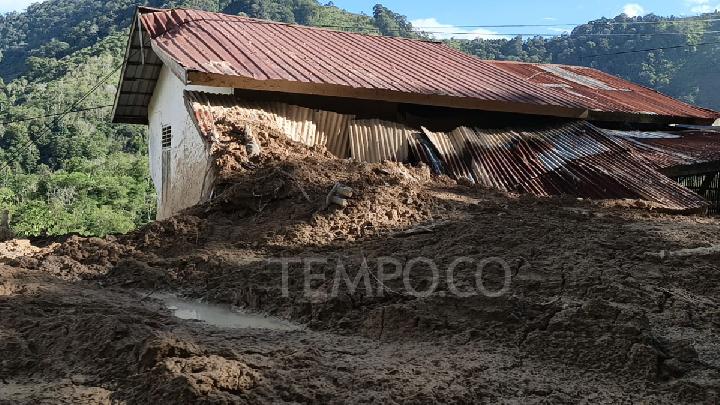





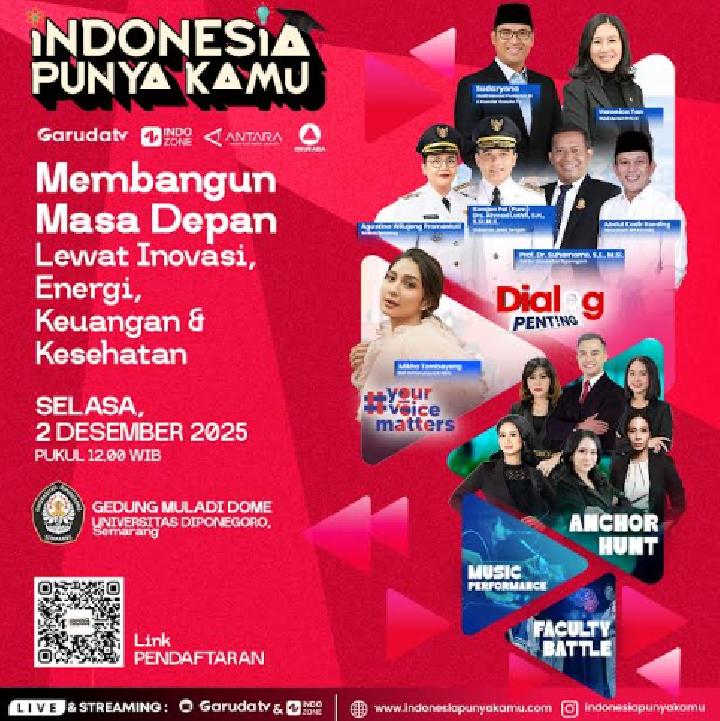














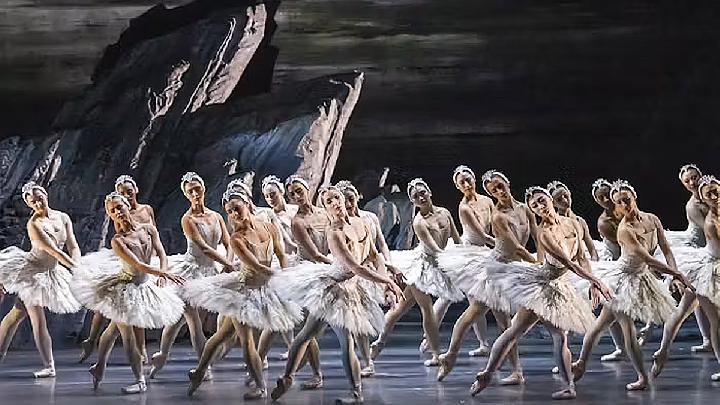
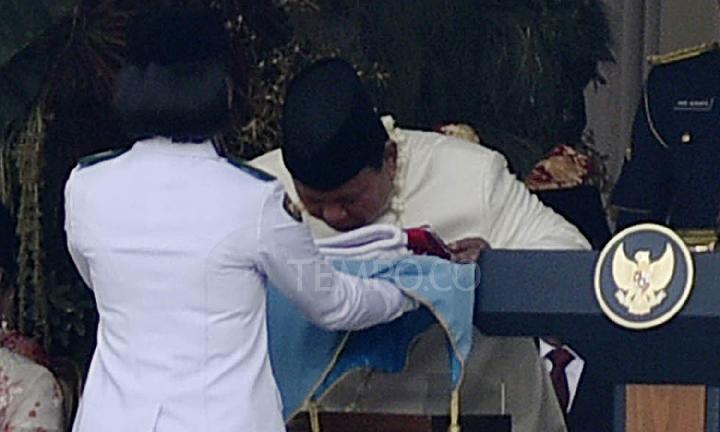








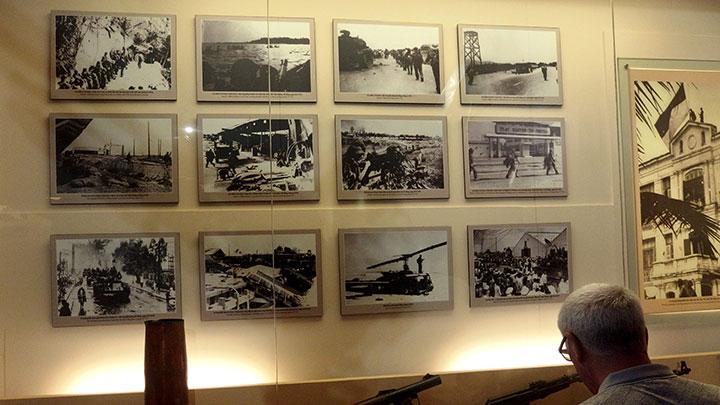

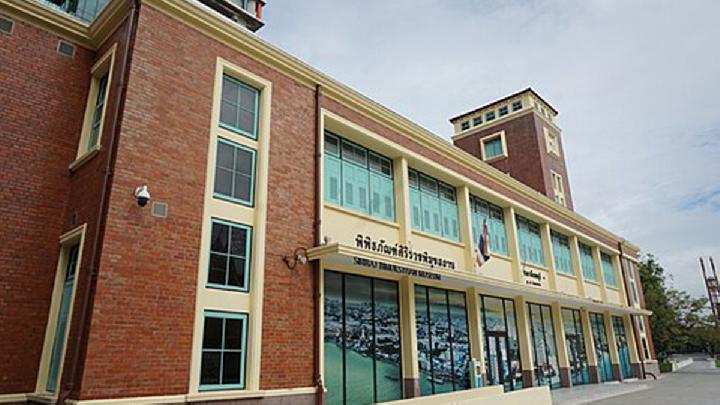



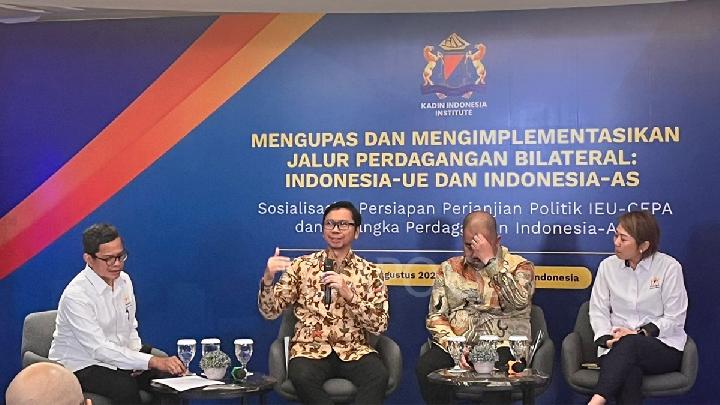

:strip_icc():format(jpeg)/kly-media-production/medias/5243277/original/092151900_1749100247-front-view-cute-little-boy-listening-music.jpg)
